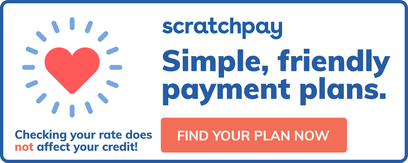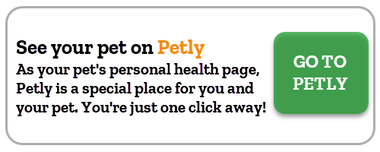|
I have been taking pictures of dogs professionally for years. Whether it is shooting portraits in a client's home, images for calendars, action shots at dog sports events, advocacy and awareness work for Leave No Paws Behind, or networking images to help get homeless shelter dogs adopted, I have gained a lot of experience that helps me make great images. People are always asking things like, "how did you do that?", "what settings are you using", or the dreaded "what kind of camera do you have?". Here are a few tips and tricks that will help you take great images of your pets today! While being a professional photographer implies using professional equipment, I have tried to create a list of tips that have nothing to do with equipment. They can apply whether you are shooting with your cell phone, a point and shoot, or a DSLR. Along with that, these tips are things I've learned over the years that can help even if you are working with a nervous and scared stray dog that just got dumped at a shelter. 1. Focus On The Eyes Something you will notice about the majority of my work is the eyes. It doesn't matter if it's a portrait or an action shot, I want to see the eyes. They grab you and pull you in. They emit emotion and set tone. They are the heart and soul of the image. Make the eyes to focus of your image, and then frame the rest of your image to include what you want to show. Place the autofocus point right on the eye, or if using a cell phone, tap the screen where the eye is located to help get sharp, in focus eyes. Even if the dog isn't looking directly into the camera, being able to see the eyes makes a world of difference. If the eyes are closed (perhaps you are taking a picture of an adorable sleeping puppy), including them in the image will provide an important focal point to help draw the viewer in. 2. Use "Good" Light Good light is subjective. In general, it is easiest to work with natural, available light. Think soft light coming in from a window or an open doorway like the above image. No extra equipment is required for great natural light. Turning your subjects face into the light (as in the image above) can reduce harsh shadows on the face often cast by midday sun. Good light can also be golden hour light, generally referring to the hours around sunset when the sun is lower in the sky. Golden hour adds a warmth and helps eliminate the harsh shadows that often appear in the eye sockets during bright midday sun. Good light can also be light provided by off camera flash or studio strobes. A couple of key components to utilizing good light are as follows: Try to capture a catch light in the eyes, that white specular spot you see in the eyes of the above images. It adds life to the eyes. Remember that good light adds shape and contour to an image. It adds depth and texture. Try to avoid shooting in midday sun, or with the sun directly overhead. This causes extremely harsh shadows and makes for flat looking images. Try to avoid using the pop up or on camera flash. It can give the dogs green, alien like eyes that are not flattering at all. If shooting indoors, open drapes and move your subject close to the window. Avoid shooting in dark rooms. Sometimes, these things can't be avoided, but if you anticipate that you may have to shoot in "mid-day sun", you could bring a beach umbrella, or an EZ-UP tent to shoot under to minimize the effect. 3. Reward Your Models! Don't forget to pay your models! No one wants to work for free, especially your dog 😀. I always carry a treat bag on my belt loaded with yummy, small, easy to chew treats. I use them to reward a dog that is doing great posing for me, or to try and get a distracted dogs attention. You can also use treats to get a dog into a position you need, or move to a particular spot by leading them with a treat in hand. If you have a dog that is particularly distracted, or can't stay still, a small dab of peanut butter will keep him busy for a second and can make for some fun, silly images. If you want a dog to jump over something for an action shot, have someone toss a treat or a ball over it first. 4. Capture Relationships When shooting images of dogs and their people, try and capture at least a few images that show the love and relationship between them. Many times people will request a formal portrait. You know the type, sitting up, back straight, eyes pointed directly at the camera. You will need to provide those. But keep shooting as people are getting situated, positioning their dogs, walking to a new location, or as they are talking with their dog. You may find that those images become the most cherished. Relationships can also be shown between dogs themselves. Sometimes it is projected in subtle ways, and other times you can't help but capture the relationship between animals. 5. Patience Have patience. Most of the dogs you will be taking pictures of will not be trained professional models. They may be in new environments (like a park) with all new smells, sounds, and surroundings. It may take a while for the dog to relax. Maybe they were traveling in a car and the dog has some energy to burn. Give them some time to ease into a photoshoot. In some cases, the dog may be frightened of the camera. Dogs use your eyes and facial cues to help read a situation. When you place a camera up to your face, you may be taking away the dogs ability to read your intentions. If you think a dog may not like when the camera goes to your face, try this: Hold the camera away from your face but pointed at the dog. Talk to him, tell him he's a good boy. Push the shutter button so he hears the click. Then give him a treat. Again, click and treat. The great thing about digital cameras is you can shoot as much as you want, even if you can't see what you are doing. When the dog appears a little more comfortable, keep talking, and get into position. Hold the camera a little closer to your face, but make sure he can still see your eyes. Click and treat. If you have a screen on the back (live view) this may be a good time to use that, so you don't need to hide your face. This is also where cell phone cameras work well, as you can see the screen and the dog can still see your eyes. If you are working with an untrained or very distracted dog, here are some things you can try:
6. Think Like A Sports Shooter Pictures of dogs in action can be awesome. But dogs move FAST! Here are a couple of pointers to help you capture great action images of dogs in motion:
7. Capture The Dog's Personality Dogs can be silly and goofy and make us laugh. If you get the opportunity to capture that on film, it can be gold. Nothing brings smiles to the viewer faster than a silly picture of an adorable puppy. 8. Dress Them Up For The Occasion Do you have a dog that will wear costumes or accessories? Dress them up for special occasions or take holiday themed portraits of them! It's hard to pass by an image of a cute dog in bunny ears or a Santa hat 😁. 9. Fill The Frame Fill as much of the frame of the image with your subject, and crop out any unnecessary elements. This means get in close, making sure your subject is a substantial portion of the image. Having too much space or clutter around your image can minimize the impact of the main subject matter. There you have it. Some tips you can start implementing today that can help improve your dog photography immediately. I could write a huge book on ways to get better dog pictures, but I hope you find some use out of the ones above. I tried to keep these particular tips geared towards things that aren't camera gear specific, or require expensive equipment. That means these tips can work regardless of what you are using as a camera. Always remember to keep sessions with your dogs fun, short, and rewarding. That helps create a willing dog model the next time he sees your camera come out. As a bonus tip, it can be extremely helpful to teach your dog a good, reliable stay, and a watch command. Getting them to stay is paramount to capturing a good portrait type image, and if they understand a "watch" or "look" command that means look at you, you will have a blast taking pictures of your dog! There are a lot of resources out there if you aren't sure how to train either of those commands. YouTube is always a great place to start. And a dog that knows how to "sit pretty" like the one below makes for great pictures too. Thank you everyone. If you like what you read and found it useful, feel free to share and please consider making a donation to our animal rescue organization by clicking here: Leave No Paws Behind
Comments are closed.
|
|
Leave No Paws Behind
1047 E Amar RD West Covina, CA 91792 https://api.pethealthnetworkpro.com/v1/practices/b92961ee-4e18-4be2-9850-16df483d9489/survey-responses
|
Office HoursMonday: 8:00am - 6:00pm
Tuesday: 8:00am - 6:00pm Wednesday: 8:00am - 6:00pm Thursday: 8:00am - 6:00pm Friday: -----Closed----- Saturday: -----Closed----- Sunday: -----Closed----- Contact Us
|
Site powered by Weebly. Managed by IDEXX Laboratories
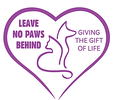
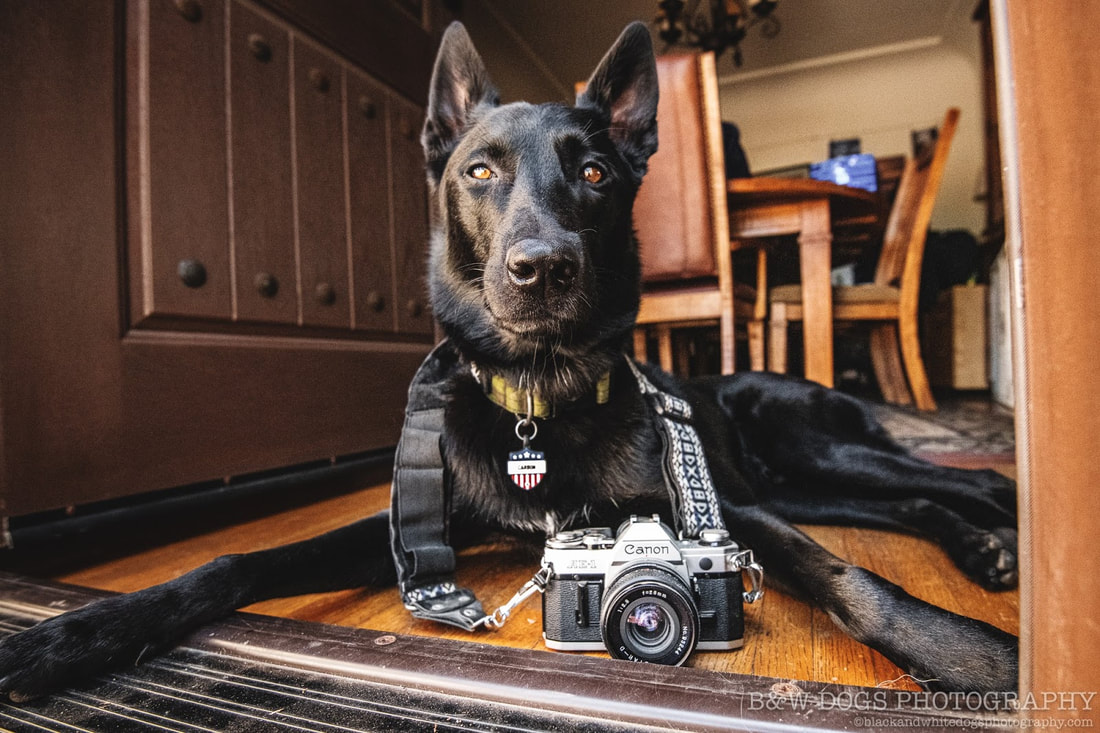
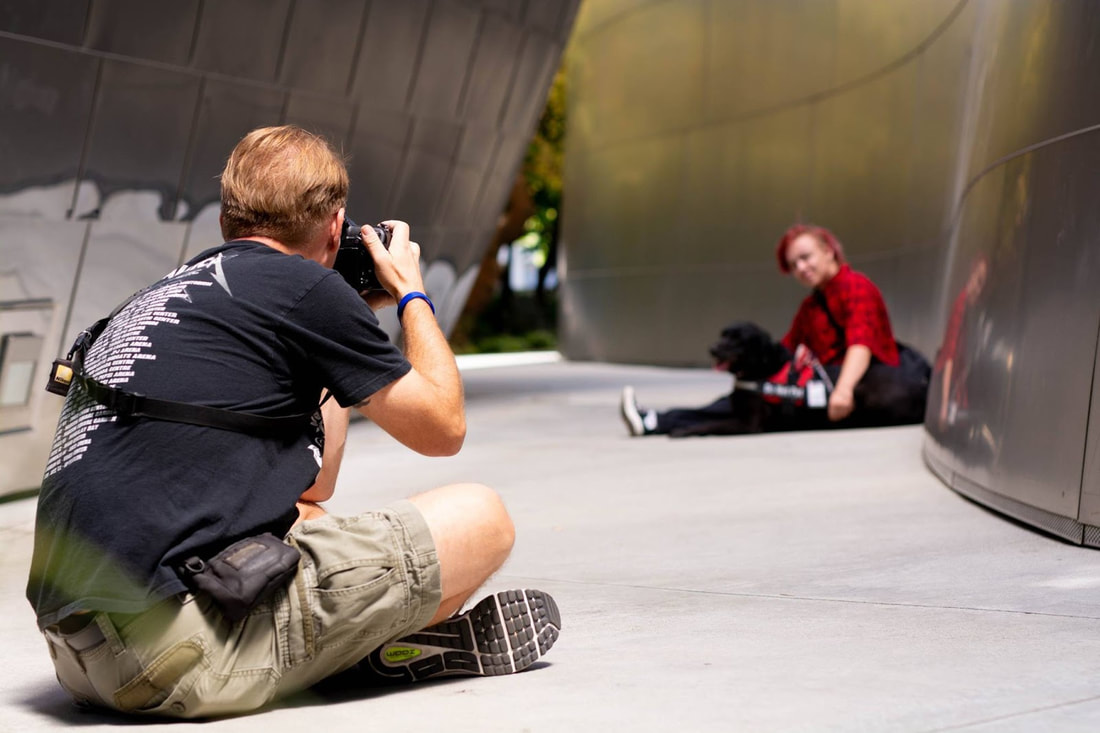

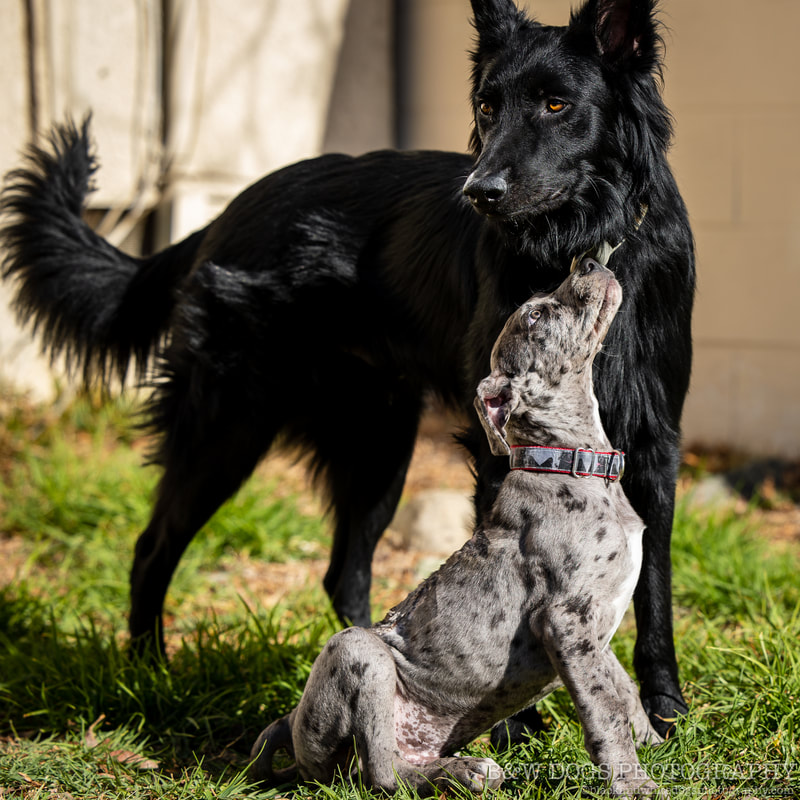
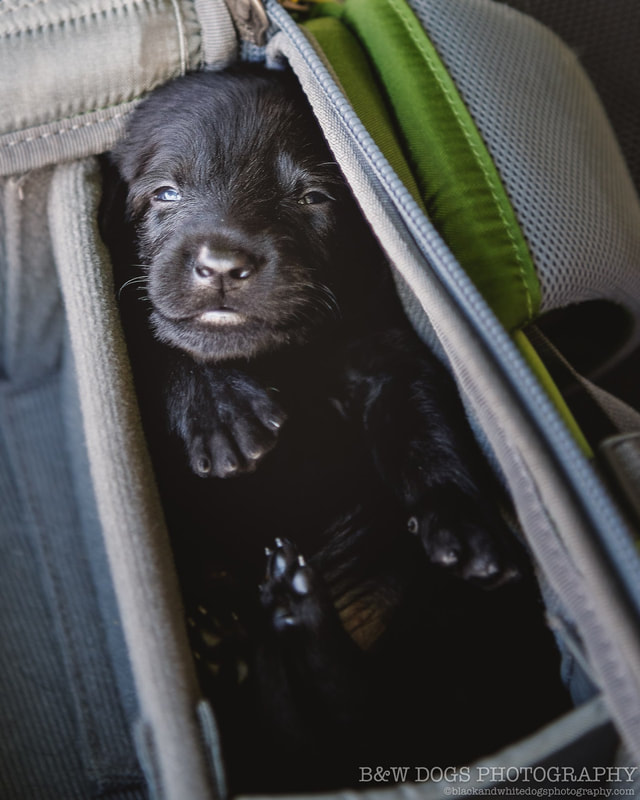
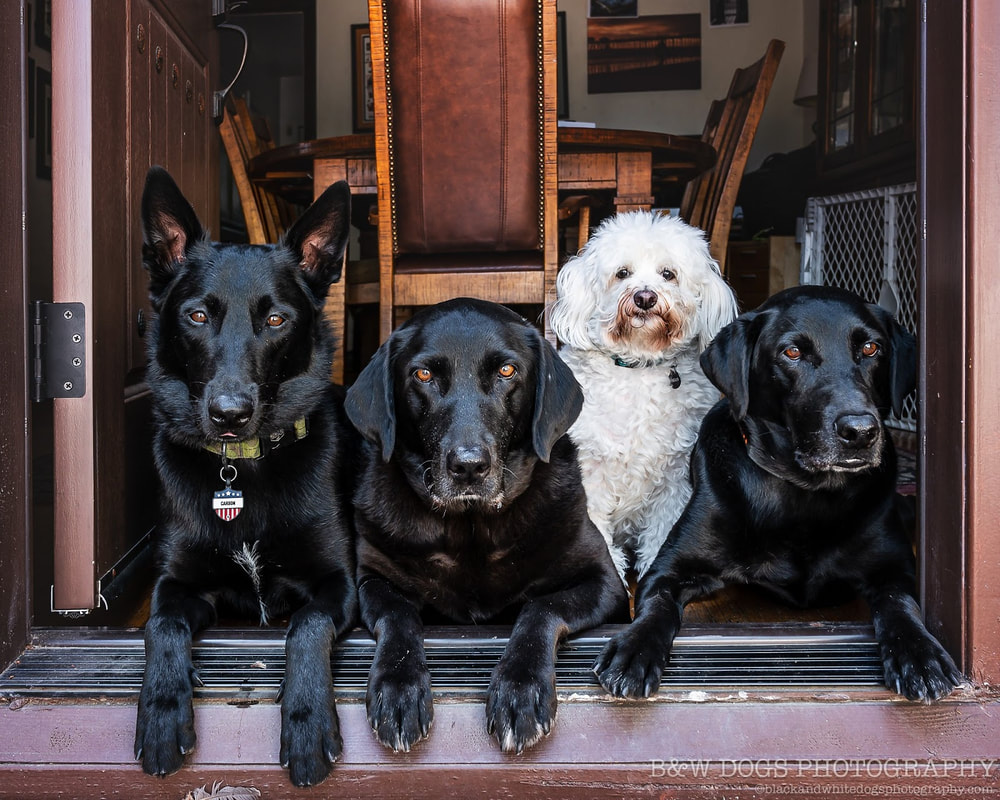
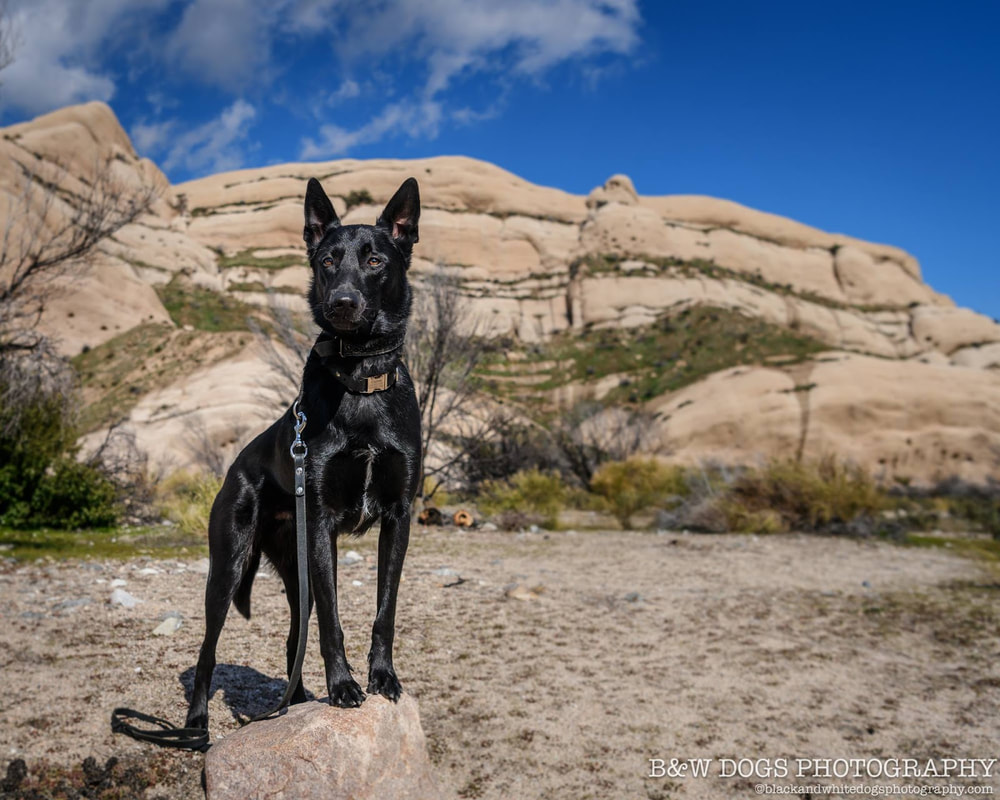
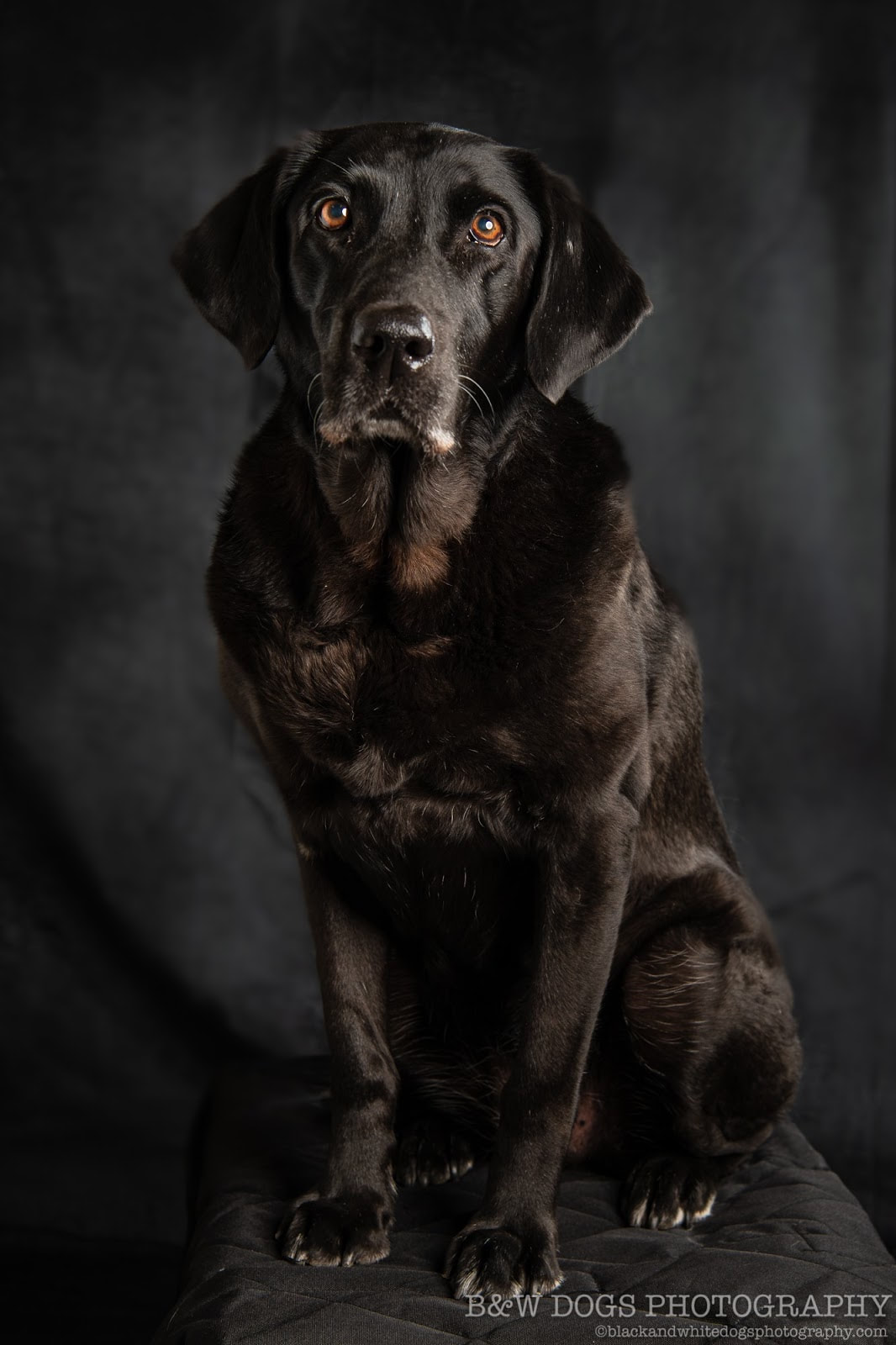
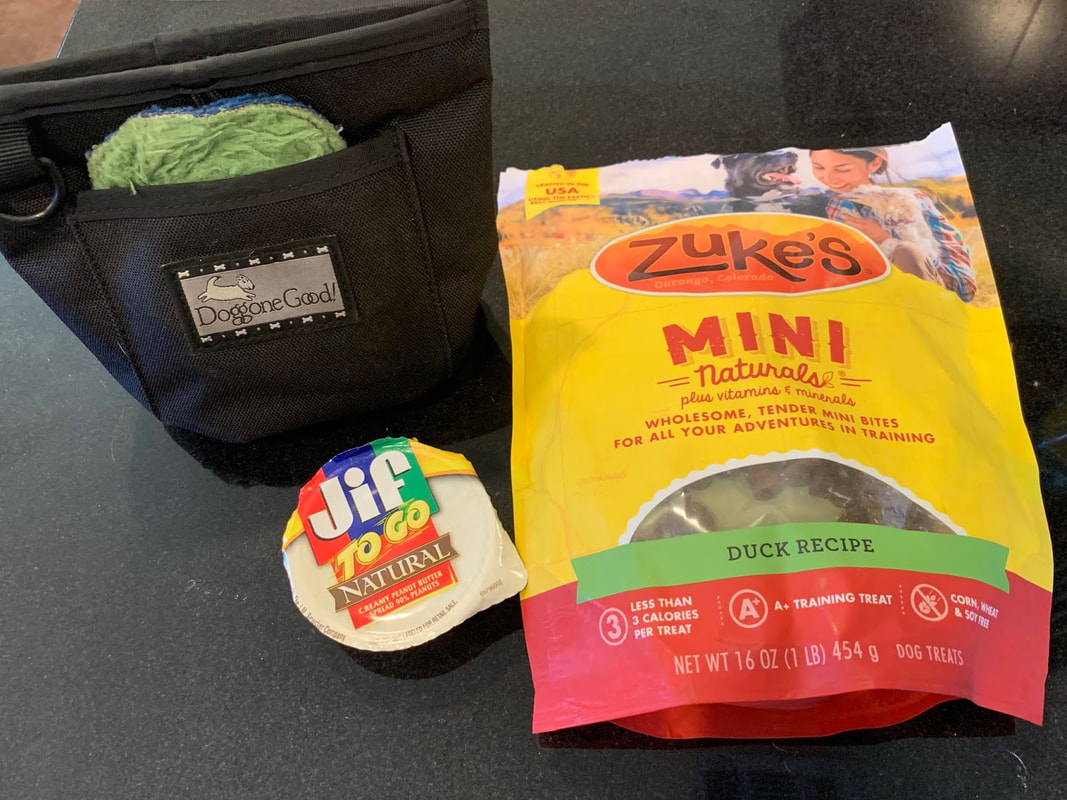
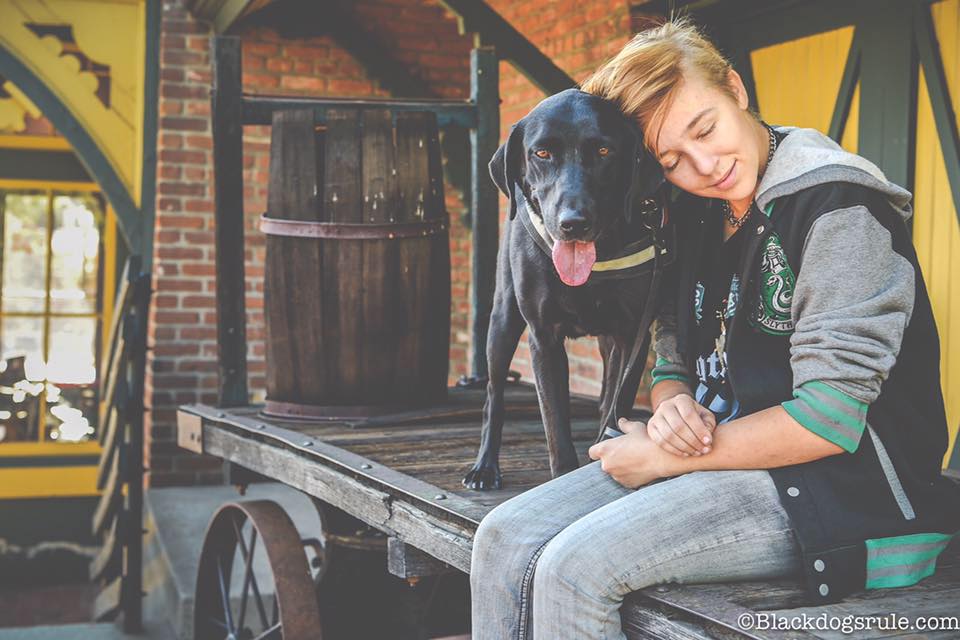
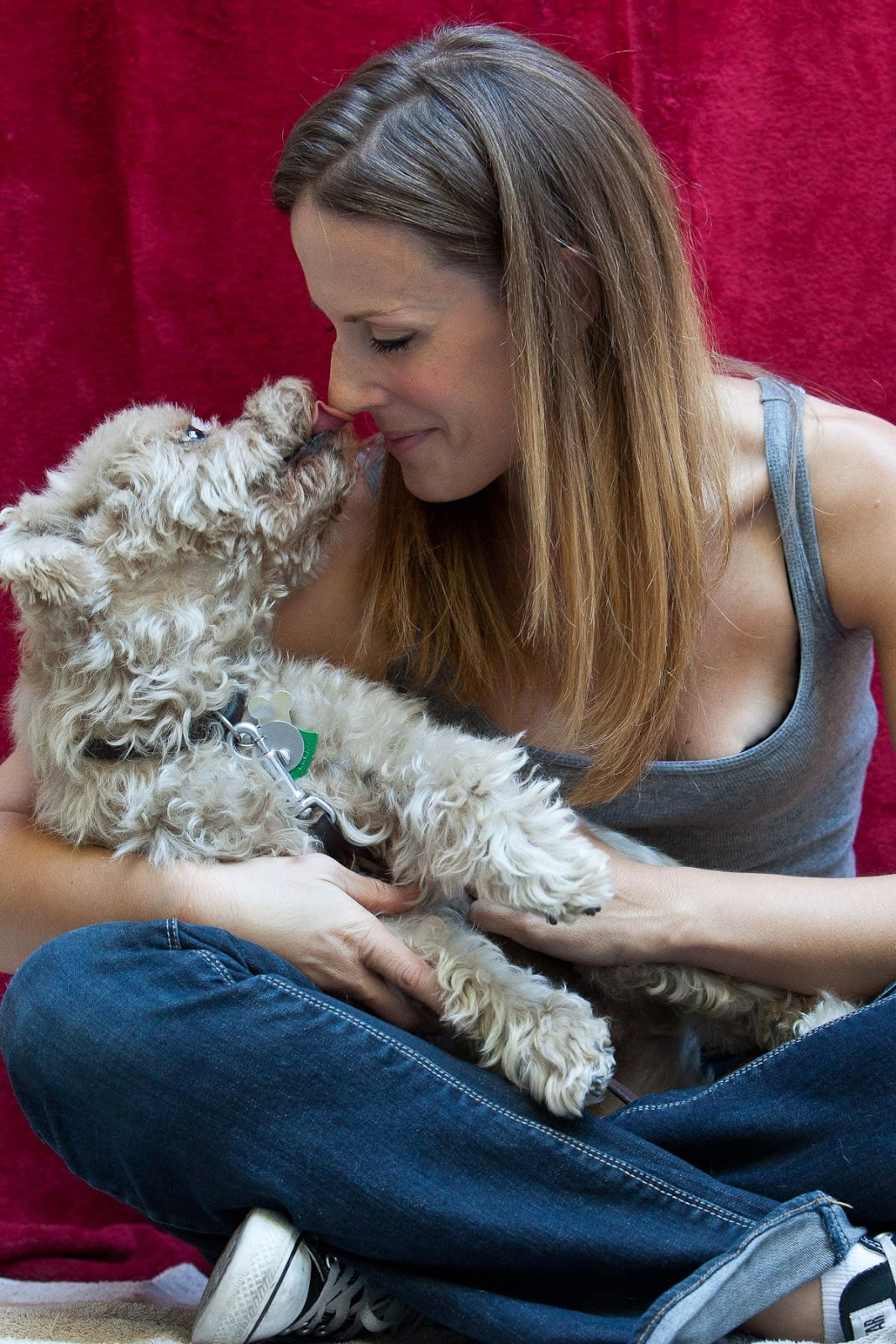
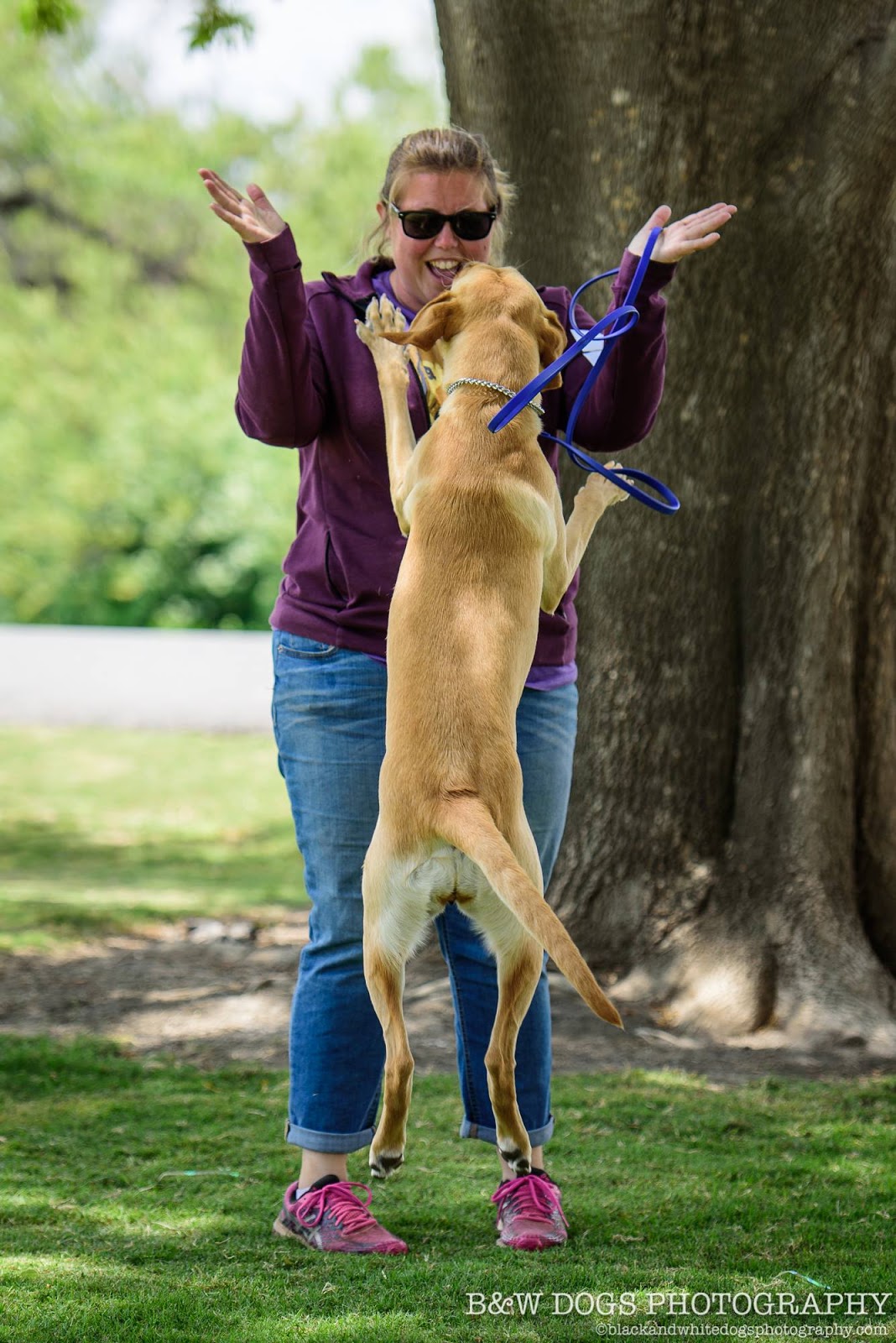
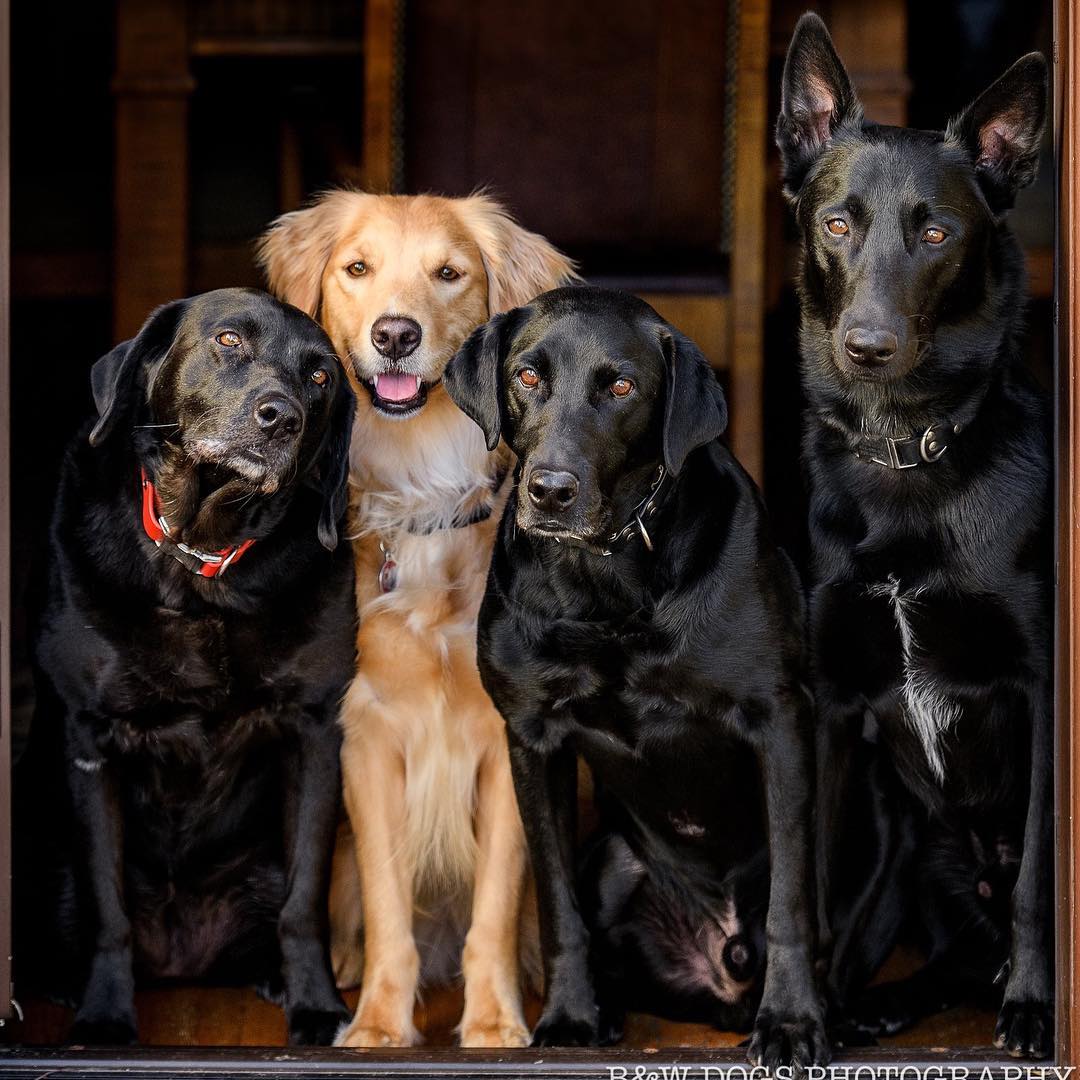
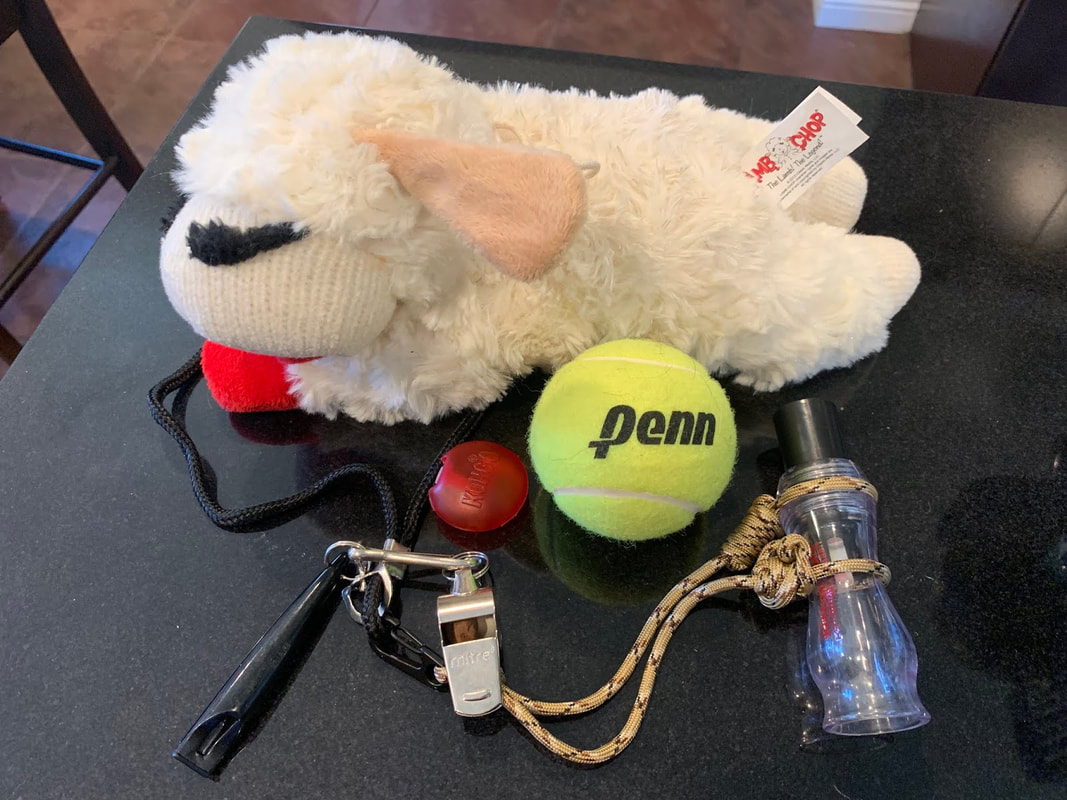
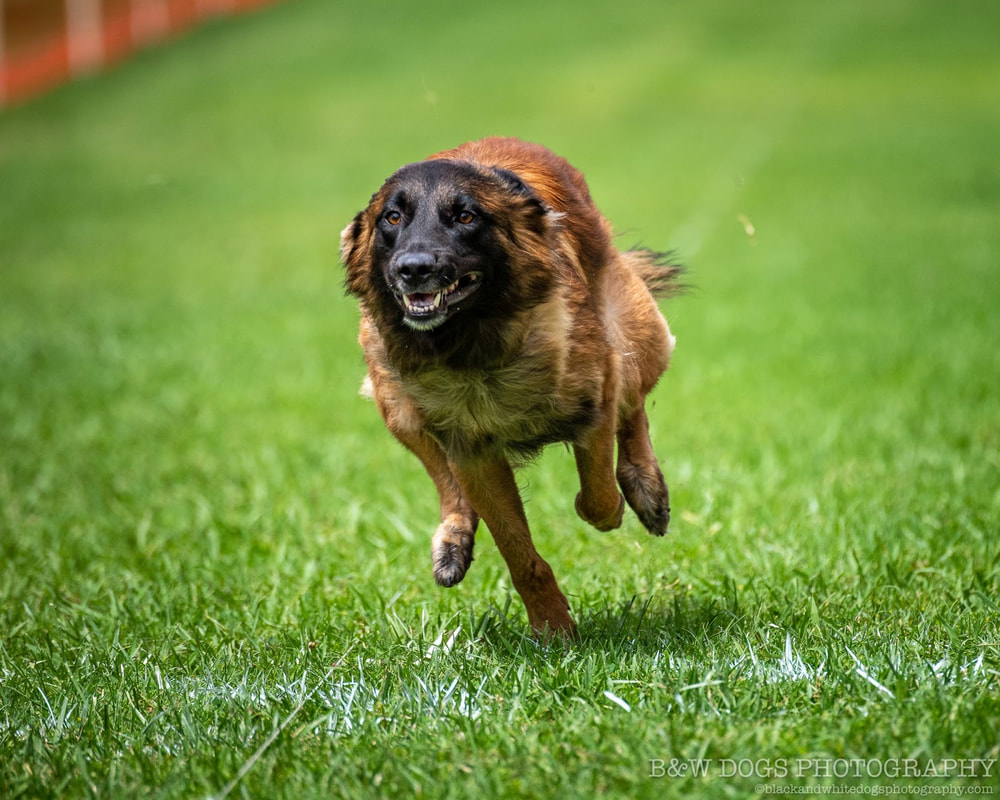

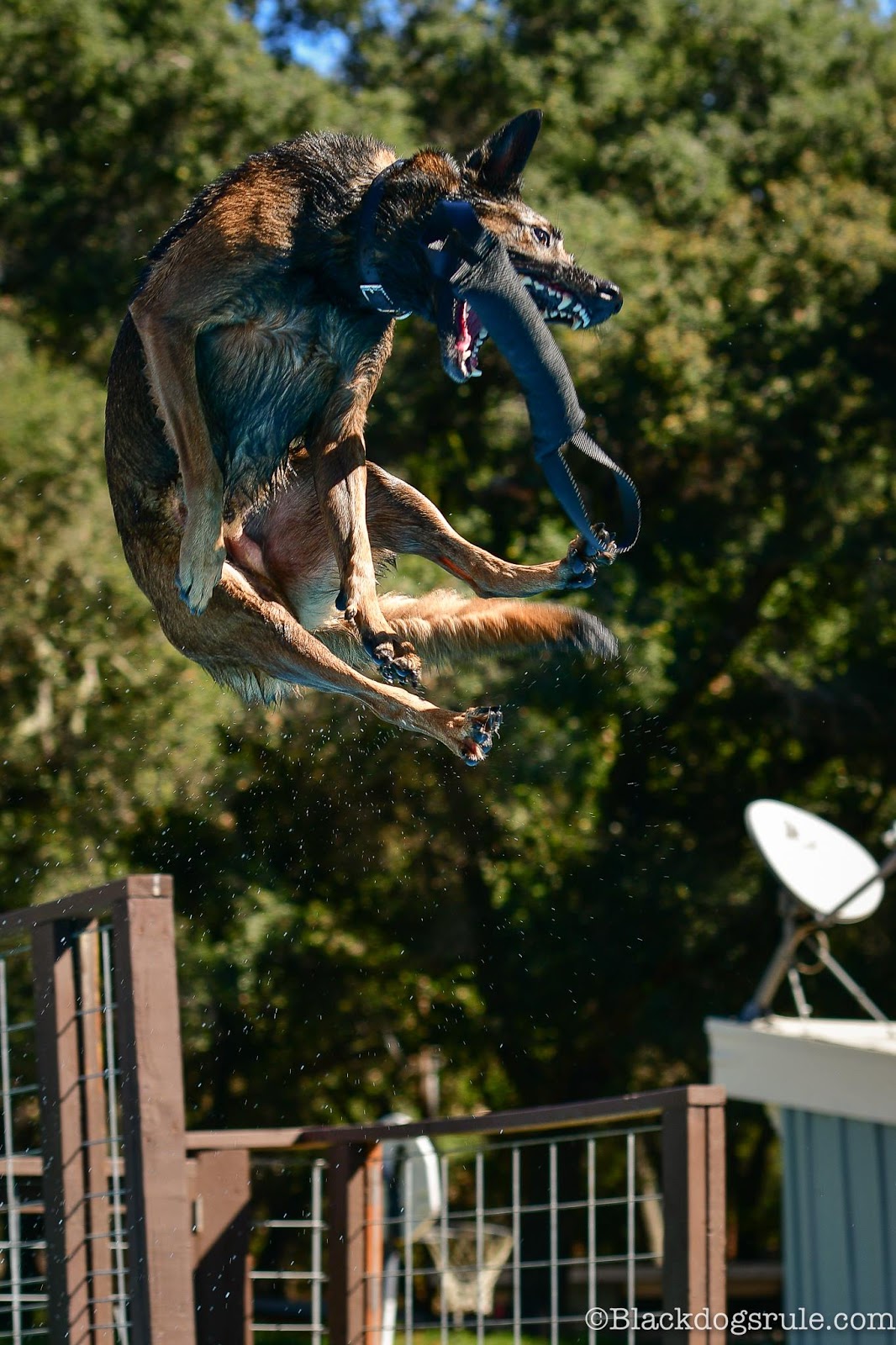
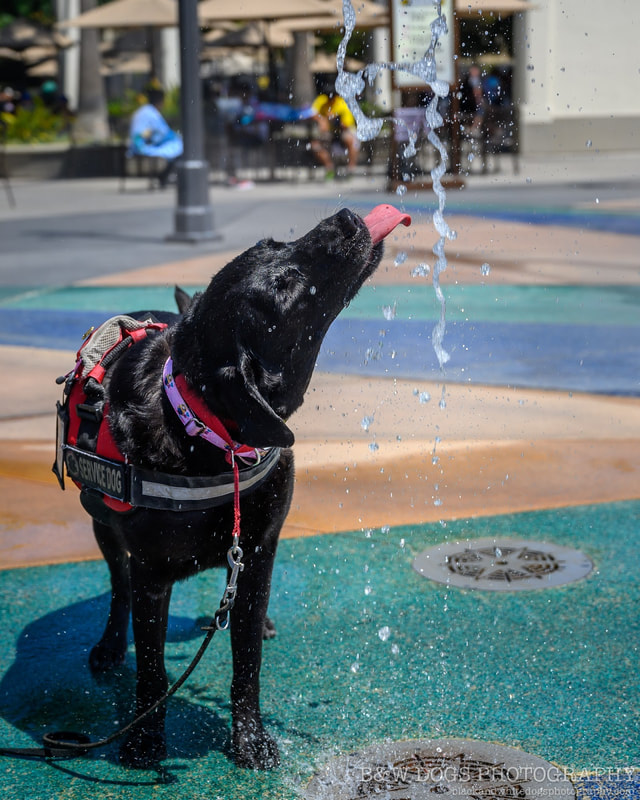
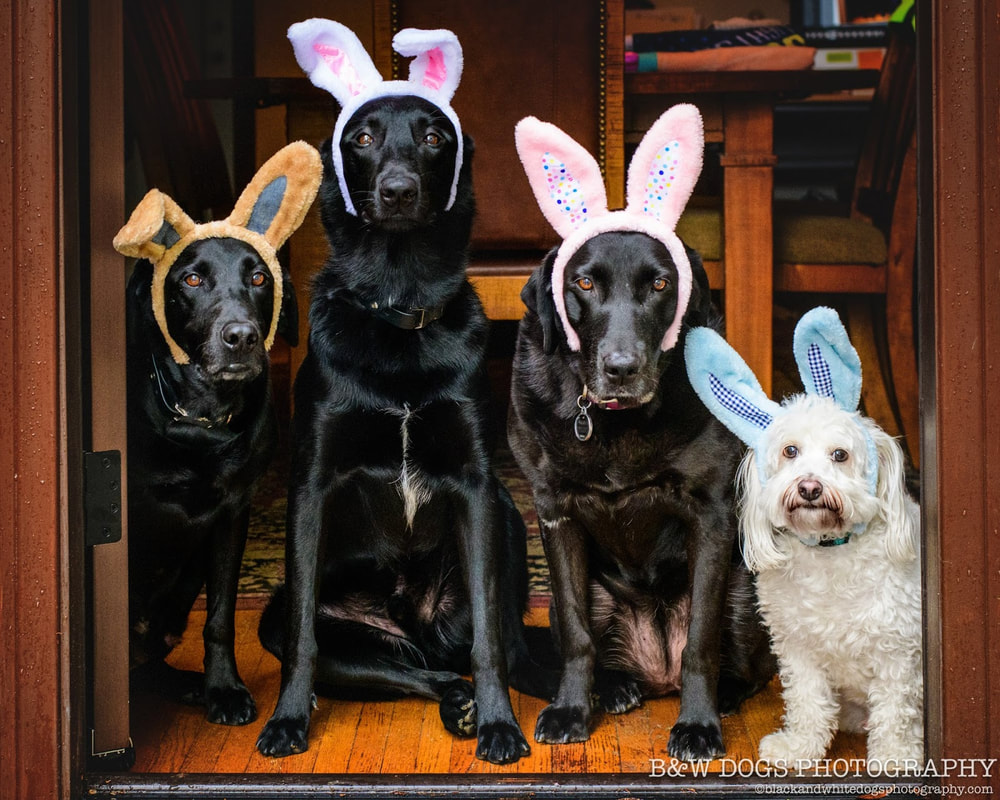
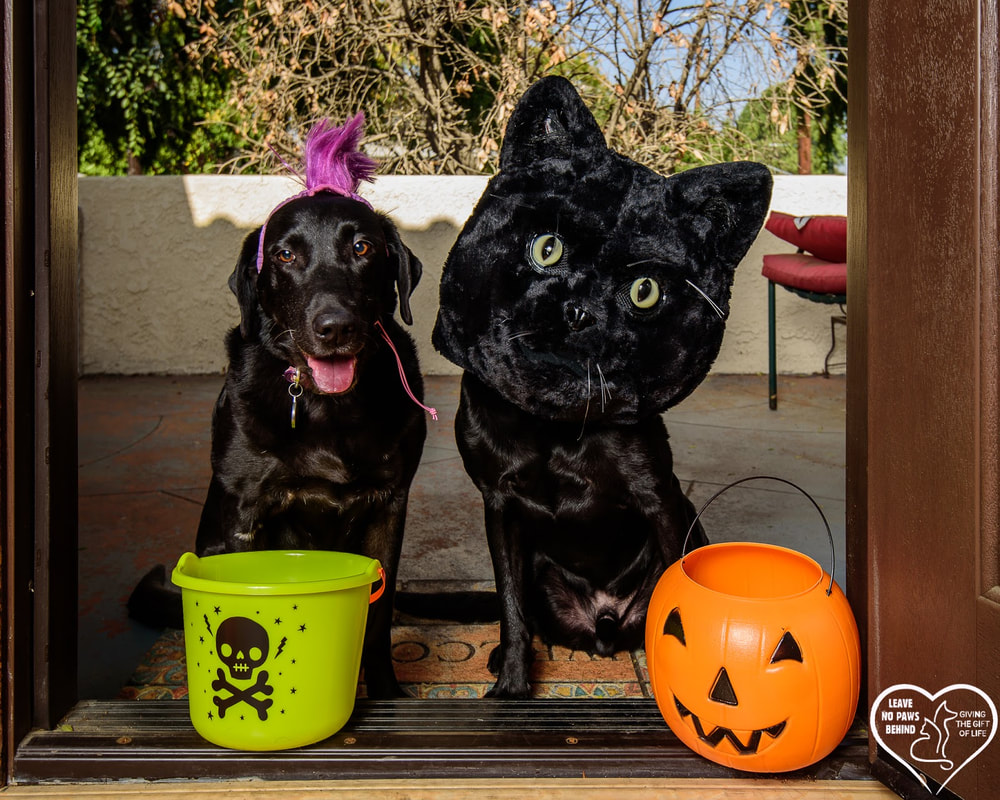
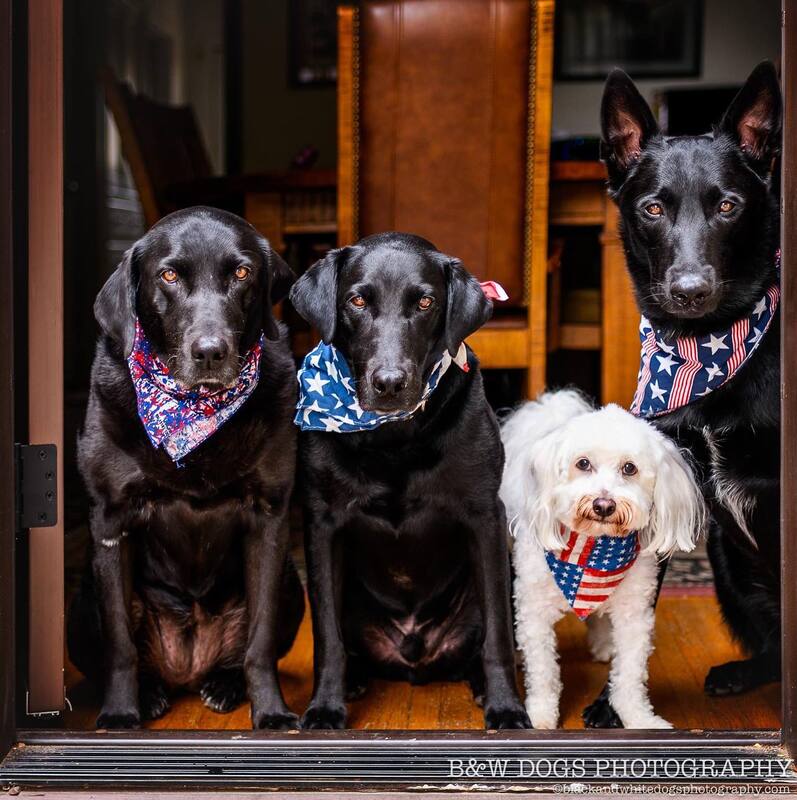
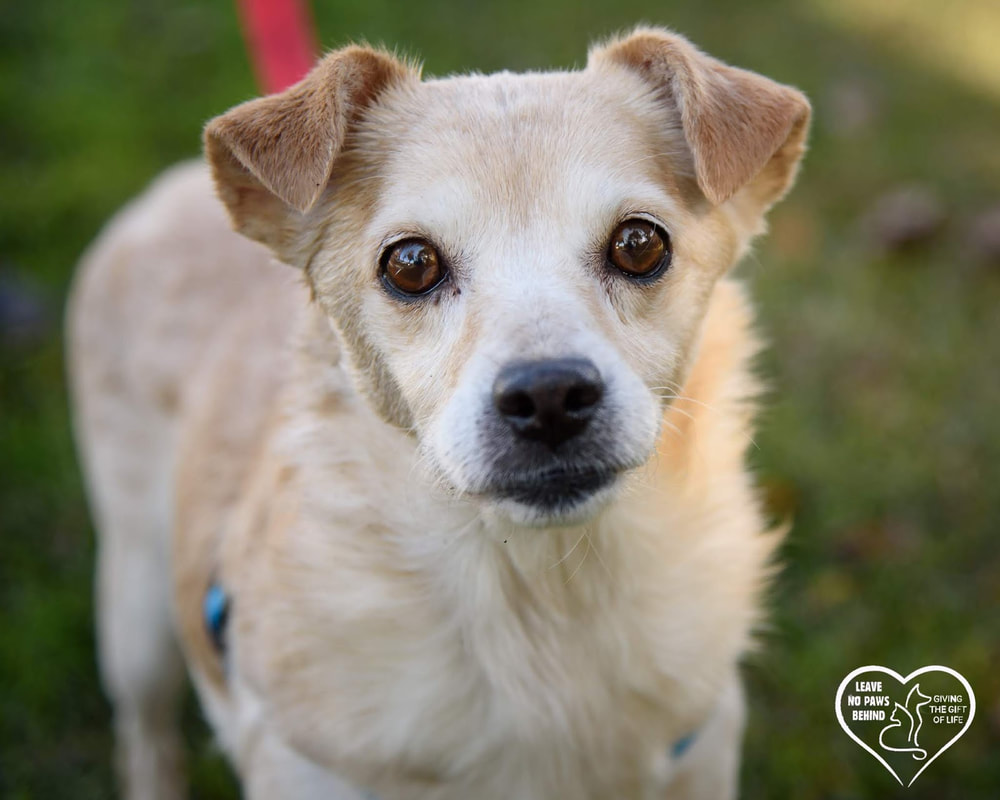
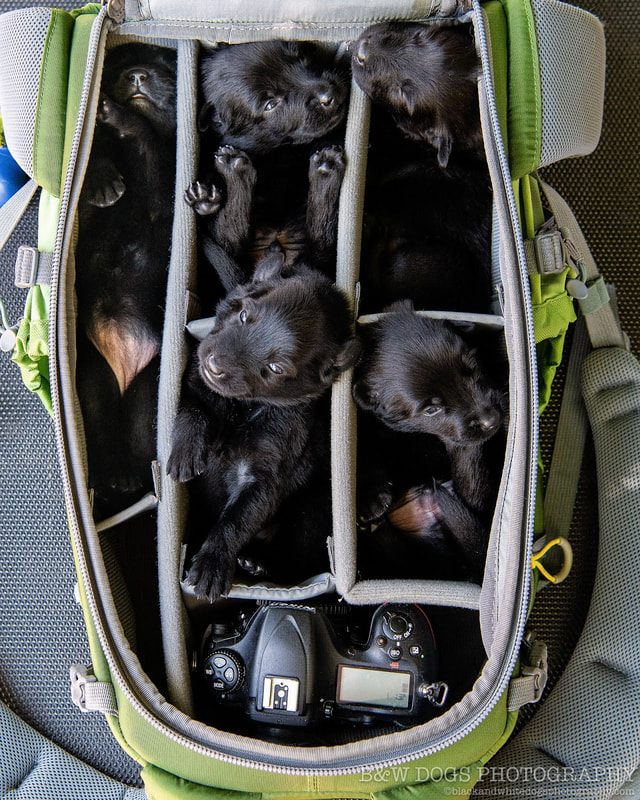
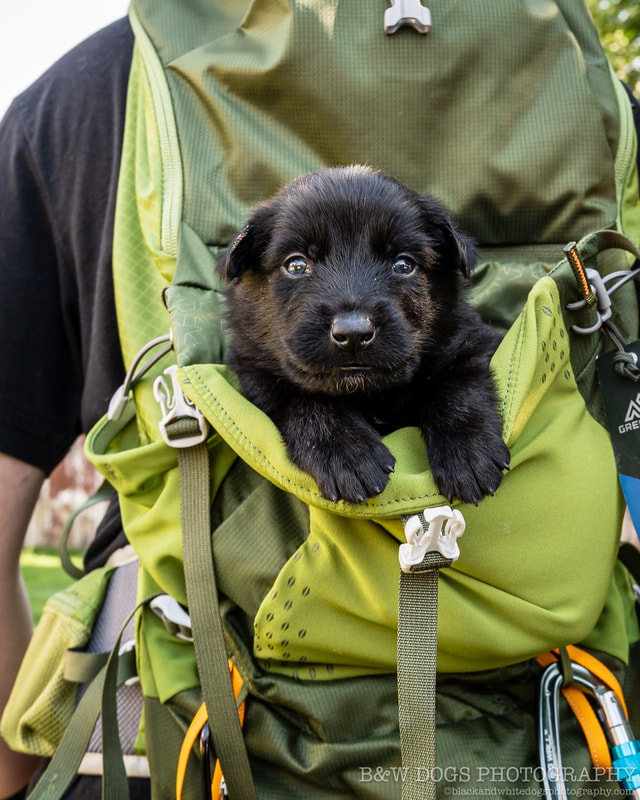
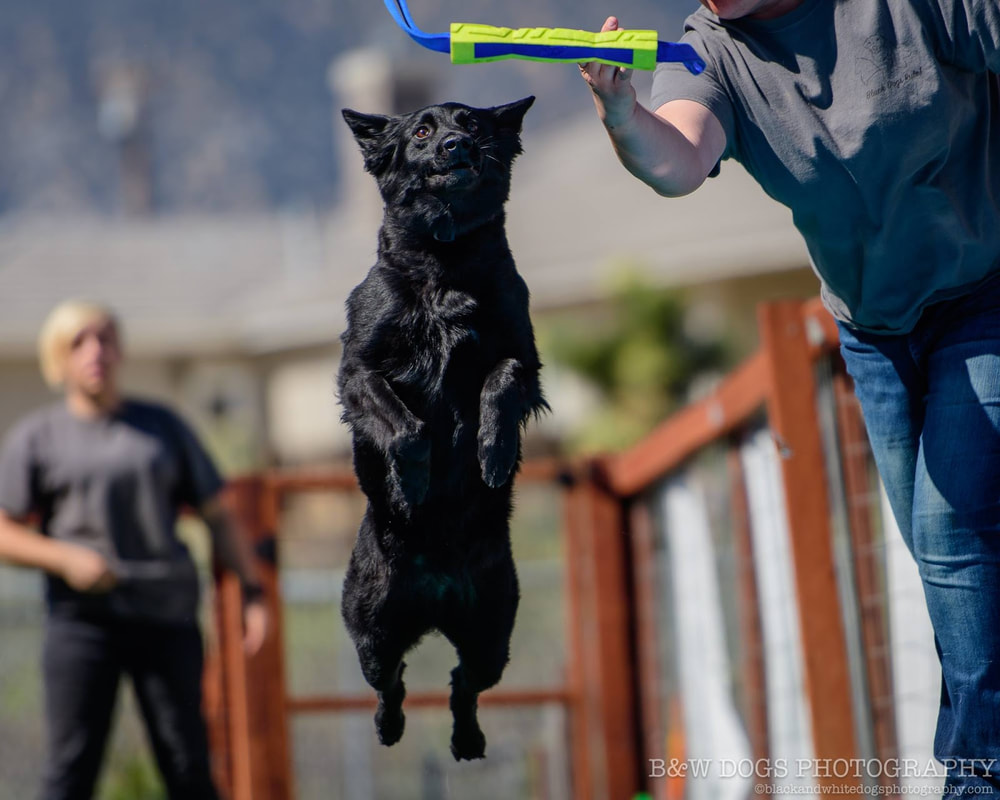
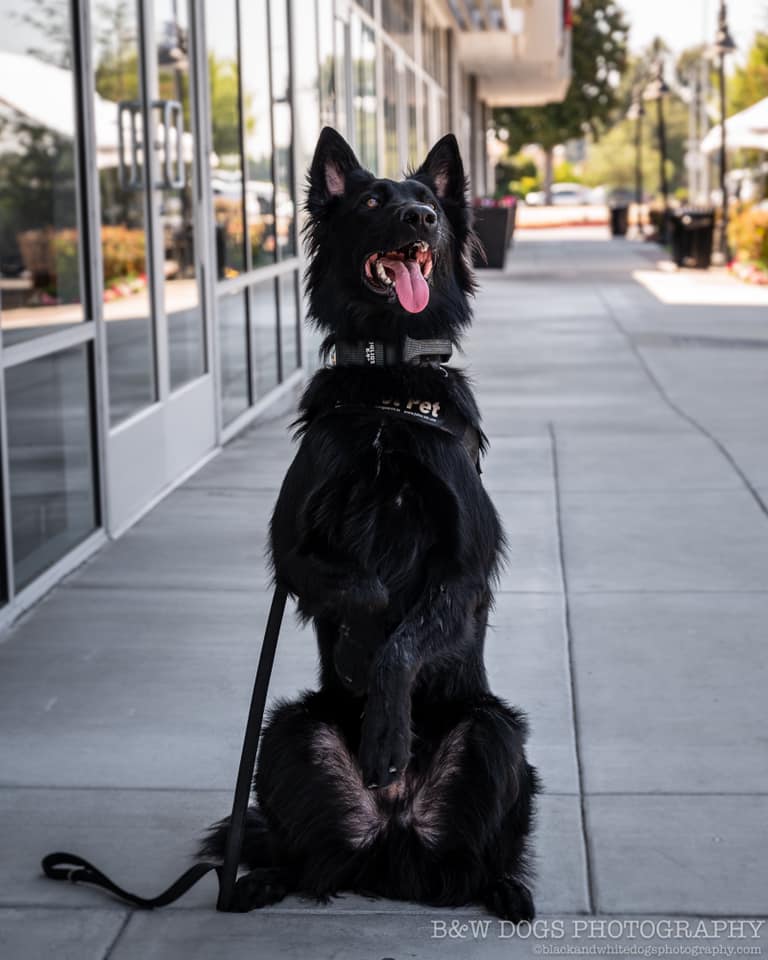
 RSS Feed
RSS Feed




